What are Microgrids?
- Youtube Views 129,281 VIDEO VIEWS
Video hosted by Fred Mills.
WITH 60% of the human population set to be living in urban areas by 2030 - and pressure on regional and national power grids continuing to grow - a number of cities are now turning towards localised energy production for new developments.
As the name suggests, “microgrids” are small-scale electrical networks that operate independently, or in tandem with, large-scale electrical supplies.
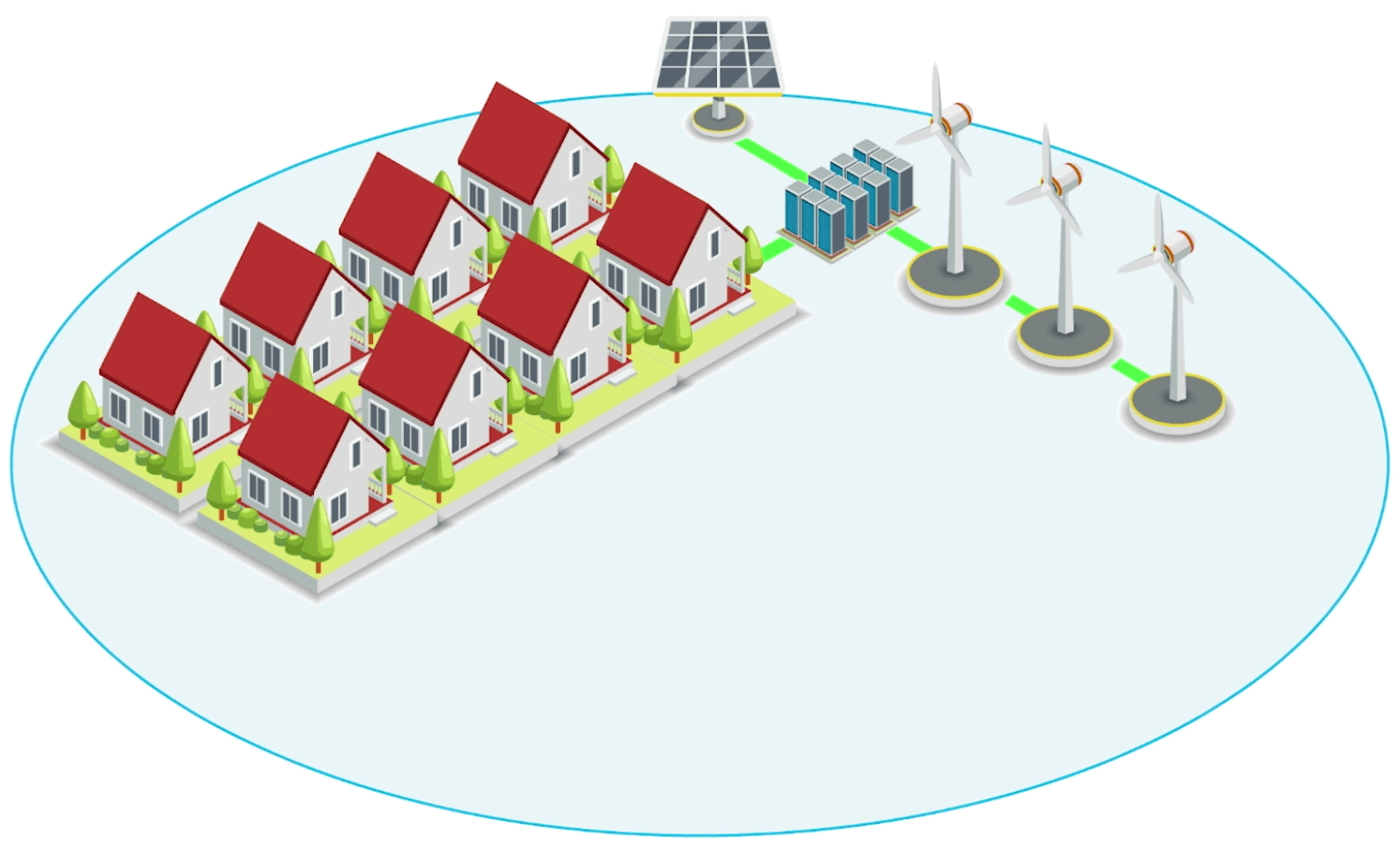
Above: Microgrids use renewables to power building systems.
While many national and regional electrical grids are now powered in part by renewable energy, the majority still depend on nuclear and fossil fuels to deliver the bulk of their power.
Conversely, microgrids make heavy use of renewables such as photovoltaics and wind turbines to generate energy for use within a specific building or development.
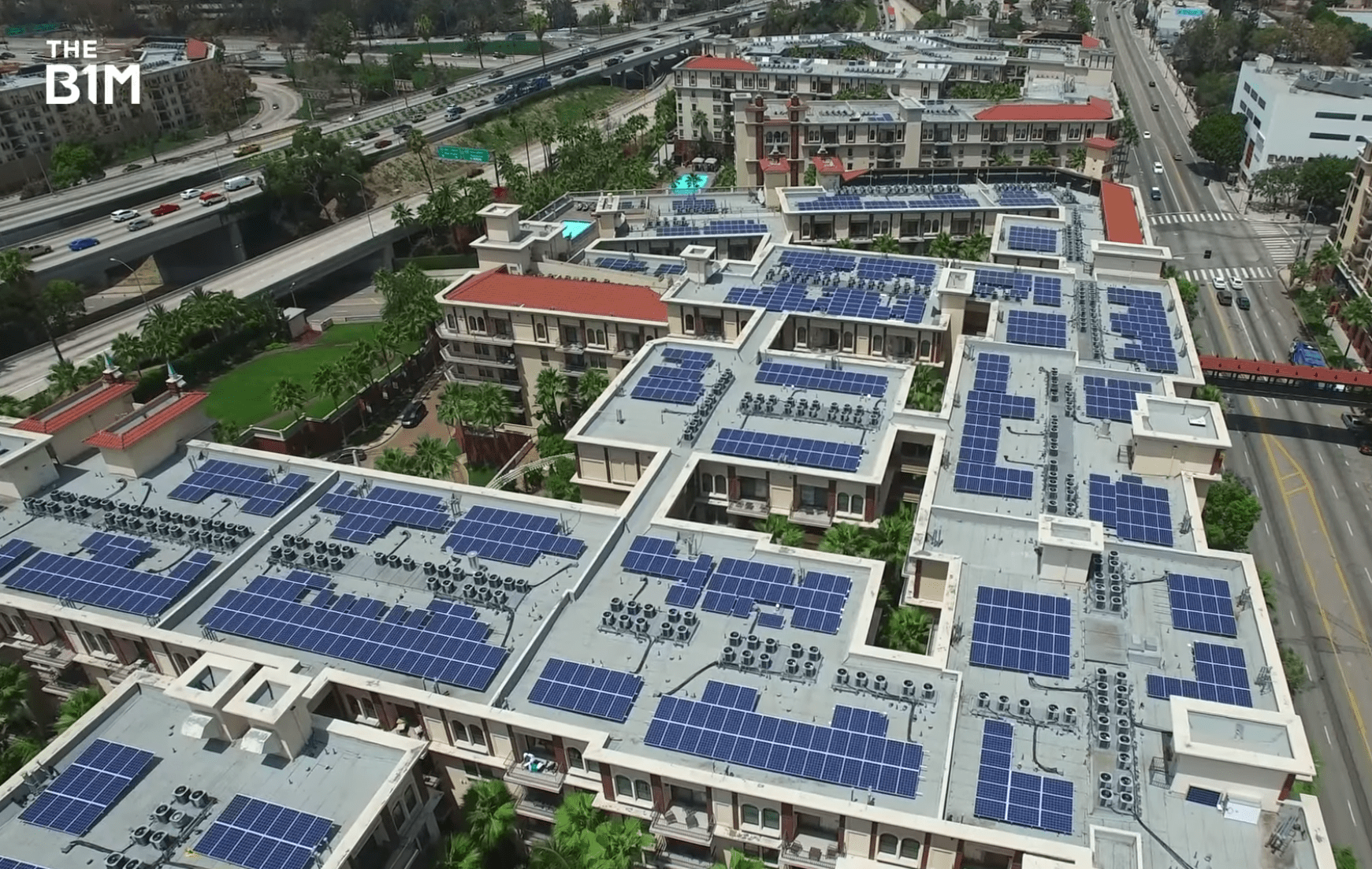
Above: Incorporating microgrid systems into new developments allows them operate independently of national or regional electrical grids.
This enables them to power their systems and operates without adding to the demands of the wider electrical network.
On-site energy production and storage can enable a new development to become self-sufficient and helps to fill in the gaps that can arise on overstretched electrical grids.
As part of their pledge to honour the 2016 Paris Agreement on climate change, cities around the world (including several in the United States) are passing legislation to make all new public buildings and developments emission free. The use of microgrids can contribute significantly to achieving these requirements whilst better insulating large urban areas from potential power failures or blackouts.
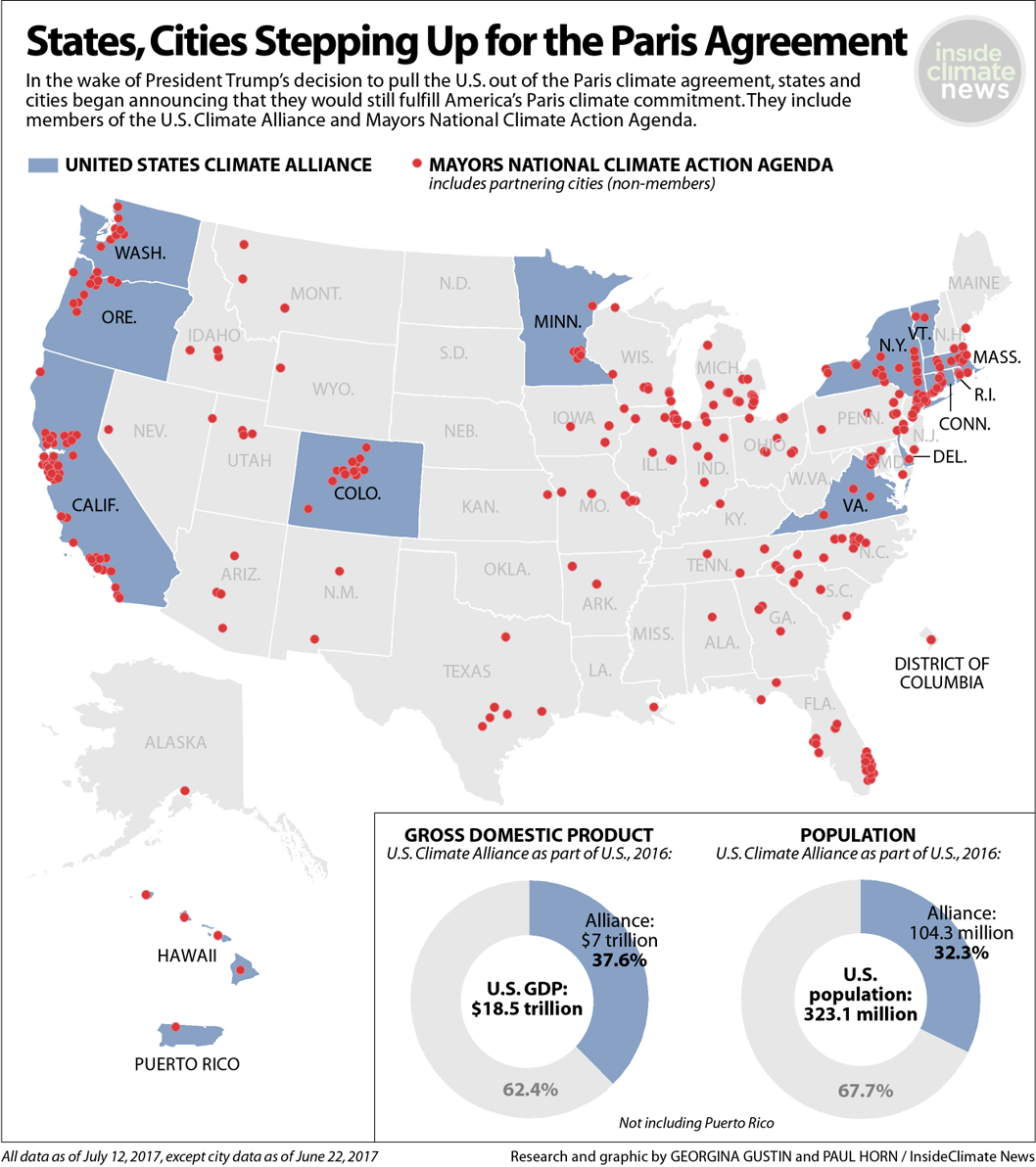
Above: Despite the United States withdrawing from the Paris Climate Agreement, states and cities across the country have pledged to meet their emission reduction targets (image courtesy of Georgina Gustin and Paul Horn/Insider Climate News).
Excess energy generated on small-scale systems can be stored on site for use at a later date or be fed back into wider power grids when necessary.
Whilst legislation is one step, private enterprise is also getting onboard with microgrids and localised energy production.
Pursuing clear environmental benefits and reduced operating costs, developers are beginning to integrate systems from forward-thinking manufacturers and technology entrepreneurs alike.
One such manufacturer is Polysolar - a UK based firm who have developed transparent photovoltaic glass.
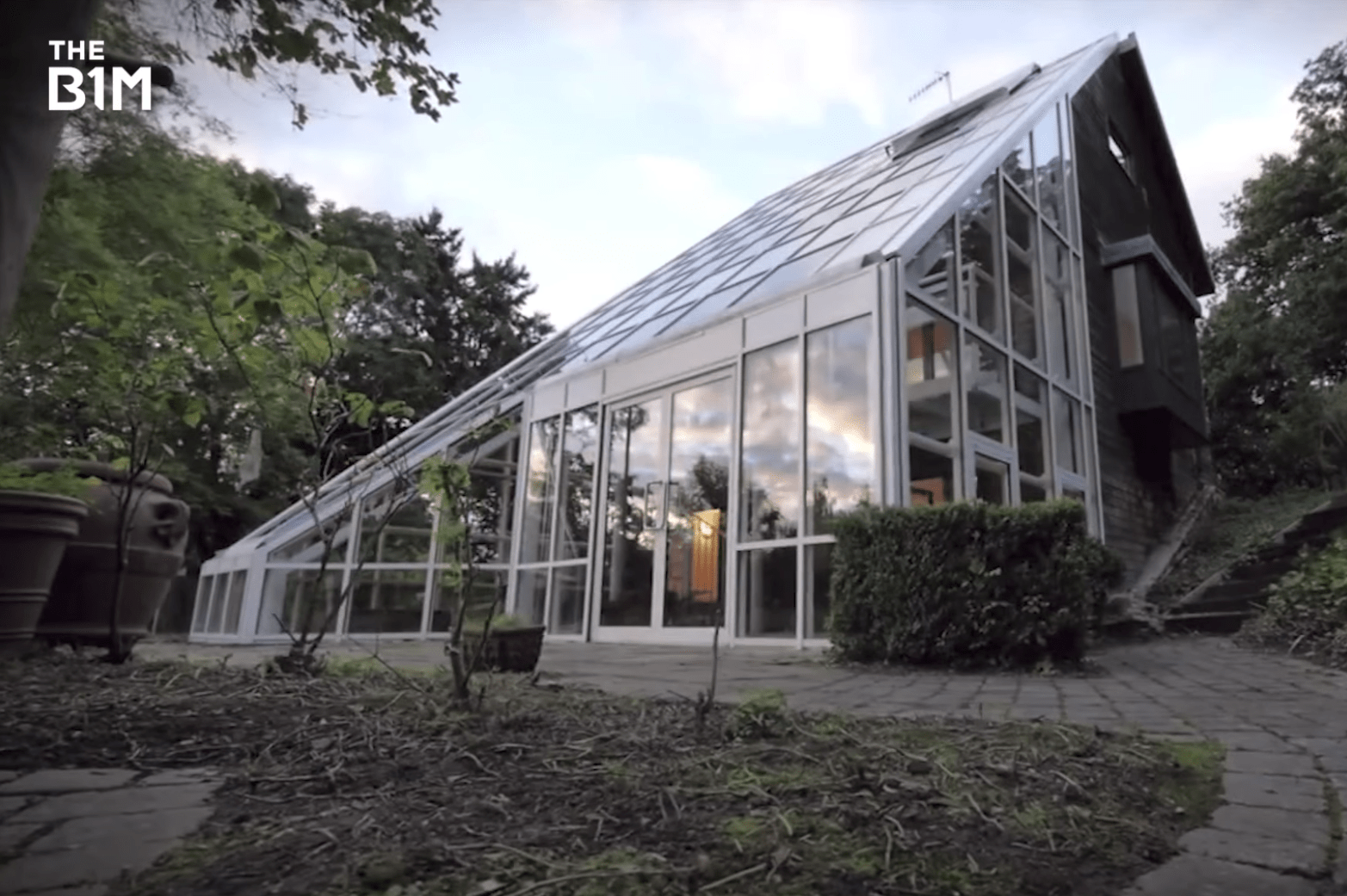
Above: Transparent photovoltaics could be the future, turning windows into power generators (image courtesy of Polysolar).
Their panels can be used to cover large areas without obstructing views and resemble conventional windows.
Though currently emerging, this system could be adapted to cover larger glass buildings in cities around the world, allowing them to generate much of their own electricity.
On a more domestic scale, Elon Musk’s “Telsa Solar Roof” integrates photovoltaics into conventional appearance roof tiles, turning entire surfaces into localised power generators.
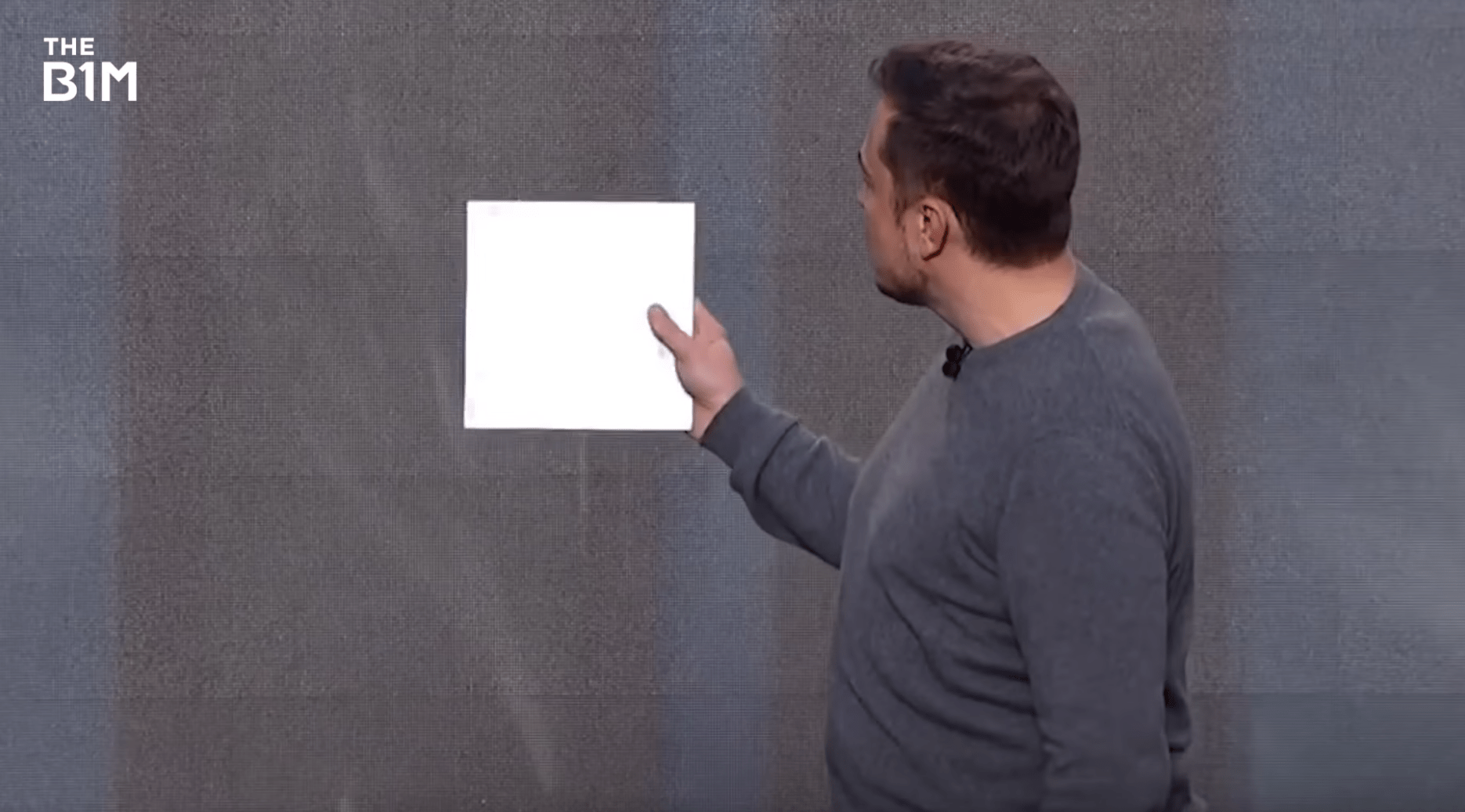
Above: The "Solar Roof" could make roof tiles an integral part of domestic microgrids (image courtesy of Tesla).
This system is integrated with the Tesla Power Wall allowing excess energy to be stored and used throughout the year.
Many large and small-scale developments are also now incorporating wind turbines to generate power and feed their microgrids, reducing their reliance on regional and national power networks.
Energy market analysts Pike Research estimate that microgrid power generation has now increased fivefold from 2012 levels - and with an increasing array of innovations coming to market, we could see entire cities and urban areas powered very differently in the years ahead.
Images and footage courtesy of Polysolar, the Insider Climate News, Georgina Gustin, Paul Horn and Tesla.
We welcome you sharing our content to inspire others, but please be nice and play by our rules.








